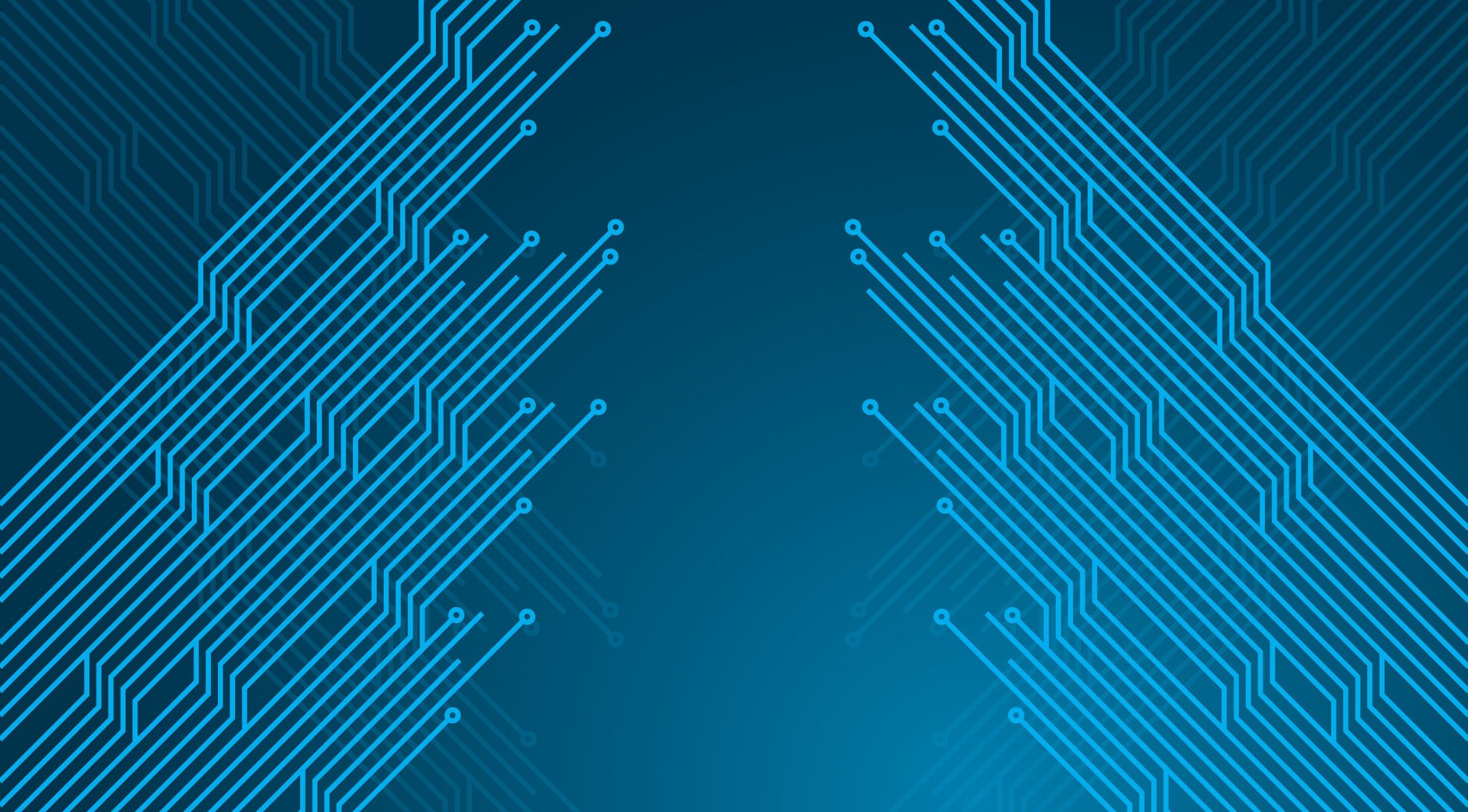The Decentralized Physical Infrastructure Network (DePIN) model is reshaping how digital and physical infrastructure is managed. By leveraging blockchain technology and cryptoeconomic incentives, DePINs allow individuals to contribute computing power, wireless coverage, sensor data, and other resources in exchange for rewards.
While DePINs have primarily been associated with wireless networks and geospatial data collection, new approaches are emerging to incorporate IoT devices into these decentralized ecosystems. However, not all DePIN models function the same way. To explore the variety of approaches in this space, this article focuses on four projects:
-
Helium (wireless networks)
-
Hivemapper (crowdsourced mapping)
-
GEODNET (high-precision GPS)
-
AYDO (IoT data-sharing)
While there are lots of DePIN projects out there, I chose these four because they each tackle a different aspect of decentralized infrastructure—wireless communication, mapping, positioning, and IoT data. Together, they provide a useful cross-section of the DePIN landscape and help illustrate the trade-offs between hardware requirements, decentralization, and accessibility.
Comparing DePIN Approaches
Although all of these projects fall under the DePIN umbrella, their models for participation are quite different.
|
Project |
Primary Focus |
Participation Model |
Hardware Requirements |
|---|---|---|---|
|
Helium |
Decentralized wireless networks (LoRaWAN, 5G) |
Deploy hotspots to provide coverage and earn HNT tokens |
Requires purchasing Helium-compatible hotspots |
|
Hivemapper |
Crowdsourced mapping |
Install dashcams to collect real-time map data and earn HONEY tokens |
Requires a proprietary Hivemapper 4K dashcam |
|
GEODNET |
High-precision GPS positioning |
Deploy rooftop satellite miners to enhance geospatial accuracy |
Requires specialized satellite receivers |
|
AYDO |
IoT data-sharing via blockchain |
Connect existing IoT devices to blockchain networks and stream data for rewards |
Works with standard IoT devices (Zigbee, Z-Wave, Modbus, etc.) |
These projects also demonstrate how different types of physical and digital infrastructure can be decentralized.
-
Helium creates a distributed wireless network, allowing users to provide coverage for IoT and mobile devices.
-
Hivemapper offers an alternative to corporate-controlled mapping services by collecting real-time geospatial data from individual contributors.
-
GEODNET improves GPS precision by decentralizing satellite positioning data collection.
-
AYDO focuses on IoT data-sharing, allowing users to connect and monetize their existing devices without needing proprietary hardware.
AYDO is the newest project of the four and is not as established as the others in the list. The rationale for including it in this comparison is that, unlike the other projects, it does not require participants to purchase specific devices. Instead, it supports widely used IoT protocols (Zigbee, Z-Wave, Modbus, RTSP), meaning users can integrate smart home hubs, industrial sensors, or even Raspberry Pi setups they already own. This makes it a unique player in the DePIN landscape, which is why it is included..
How IoT Fits into the DePIN Landscape
IoT devices generate massive amounts of data, but much of it remains underutilized because:
-
Centralized data ownership limits accessibility – Companies collect data from smart devices but rarely share or monetize it in a decentralized way.
-
High hardware costs deter participation – Some DePIN projects require proprietary hardware, making participation expensive.
-
Privacy concerns – IoT data, especially personal sensor data, requires careful handling to ensure user control and security.
By focusing on environmental and non-personal data, projects can sidestep some of these privacy risks while providing a model for decentralized IoT data monetization. However, the success of any IoT-based DePIN project depends on whether there is sufficient demand for the data being shared.
Trade-Offs and Challenges
Despite the promise of DePINs, these models face several challenges:
- Hardware Accessibility vs. Network Control – Helium, Hivemapper, and GEODNET require specialized devices, ensuring data consistency but raising barriers to participation. AYDO’s approach is more flexible but may require additional verification to ensure data reliability.
- Market Demand for Data – Even if users can stream IoT data to a blockchain, economic viability depends on having enough buyers willing to pay for that data.
- Security and Regulatory Uncertainty – Decentralized networks often operate in legal gray areas, particularly in telecom regulation (Helium), geospatial data privacy (Hivemapper, GEODNET), and IoT security (AYDO). Governments could impose restrictions that impact adoption.
- User Incentives and Adoption – The long-term success of these models hinges on sustaining an active user base. If rewards are insufficient or difficult to liquidate, participation may decline.
What This Means for the Future of DePINs
Each of the projects discussed represents a different way of decentralizing physical infrastructure, highlighting that DePIN is not a one-size-fits-all model. Some networks—like Helium and Hivemapper—require proprietary hardware but offer well-defined use cases, while others—like AYDO—prioritize interoperability and hardware flexibility at the expense of more controlled data environments.
For IoT-focused DePIN models, the key factors determining success will likely be:
-
Interoperability – The ability to integrate different devices and protocols without proprietary constraints.
-
Economic Sustainability – A viable marketplace for data where users can consistently earn rewards.
-
Security & Compliance – Ensuring data privacy and network integrity in a decentralized system.
As decentralized infrastructure models continue to evolve, the diversity of approaches suggests that different models may be suited to different sectors rather than a single dominant DePIN solution emerging.
For individuals considering participation in DePIN, the decision will depend on:
-
What type of infrastructure they want to support (wireless, mapping, GPS, or IoT data).
-
What kind of hardware they already own and whether proprietary devices are a barrier.
-
Whether there is enough long-term value in the network to justify participation.
By looking at projects like Helium, Hivemapper, GEODNET, and AYDO together, we can see that DePIN is not just about decentralization for its own sake—it’s about rethinking how infrastructure is built, owned, and monetized in a way that gives individuals greater control. Whether this model can truly scale remains to be seen, but it presents an intriguing alternative to traditional corporate-controlled infrastructure.













